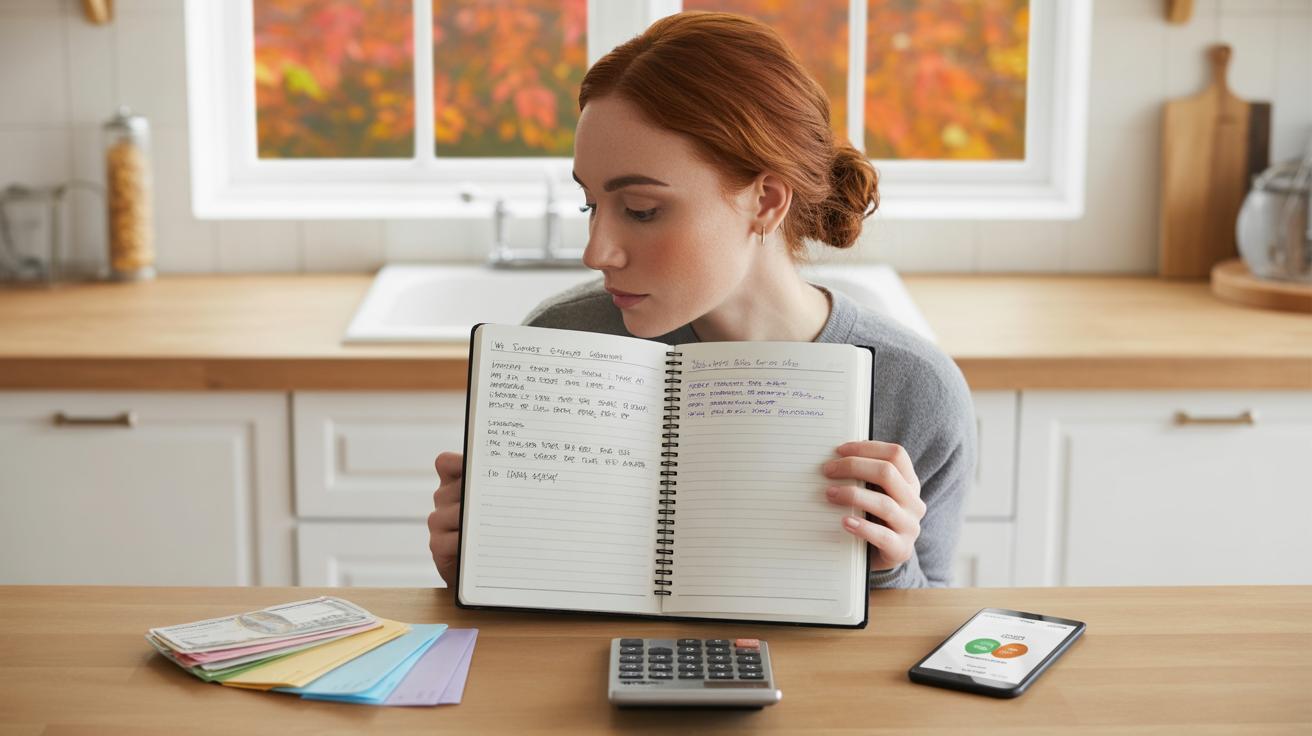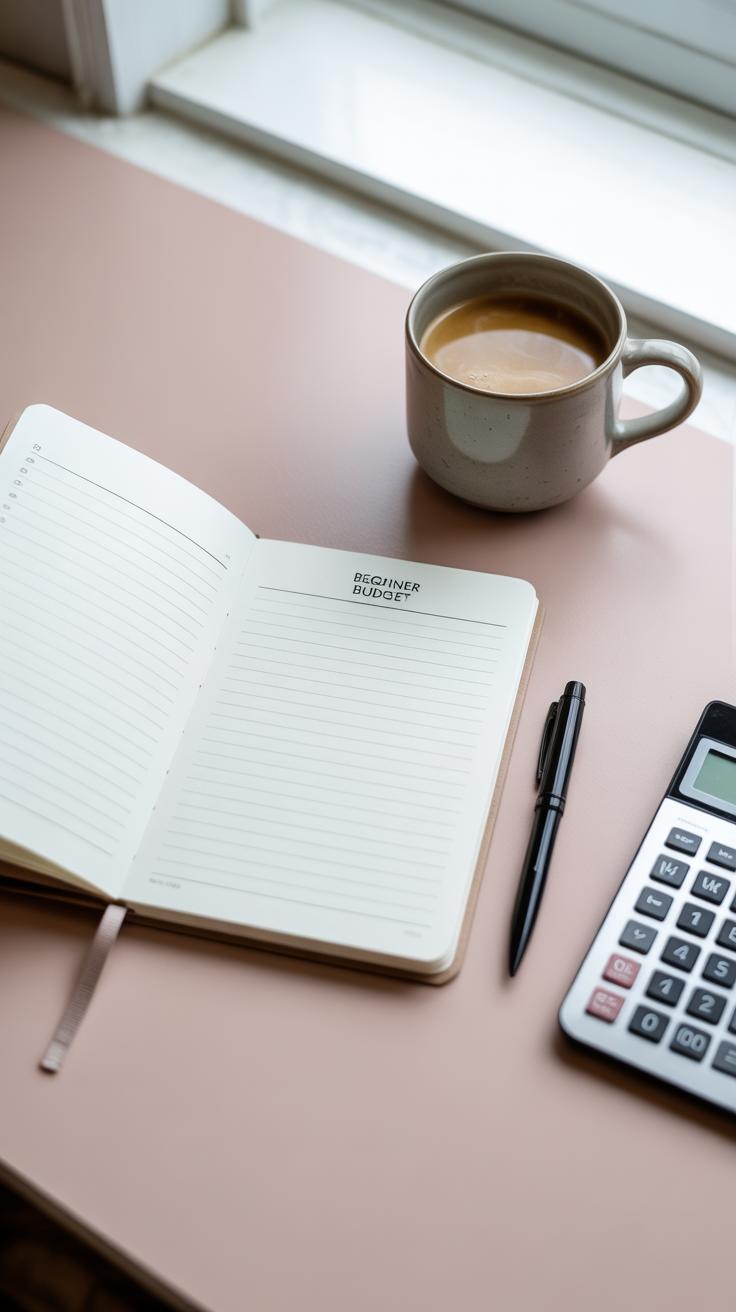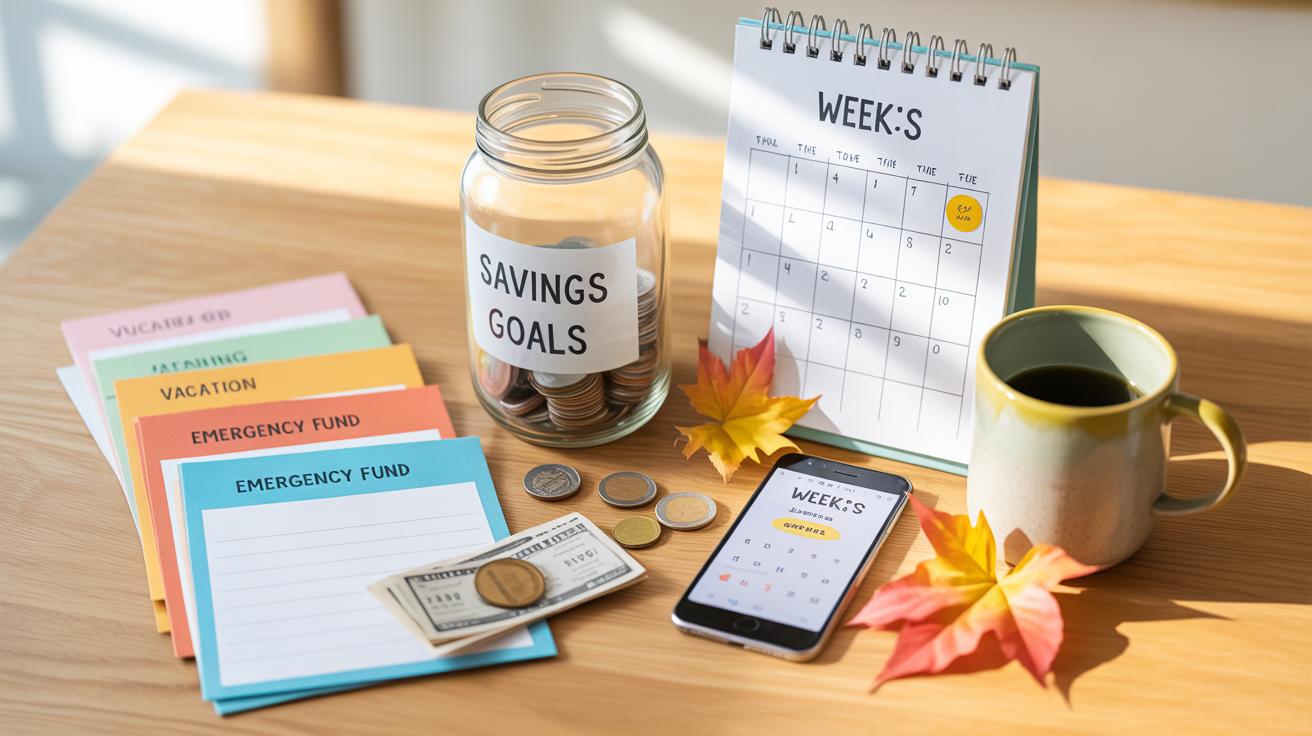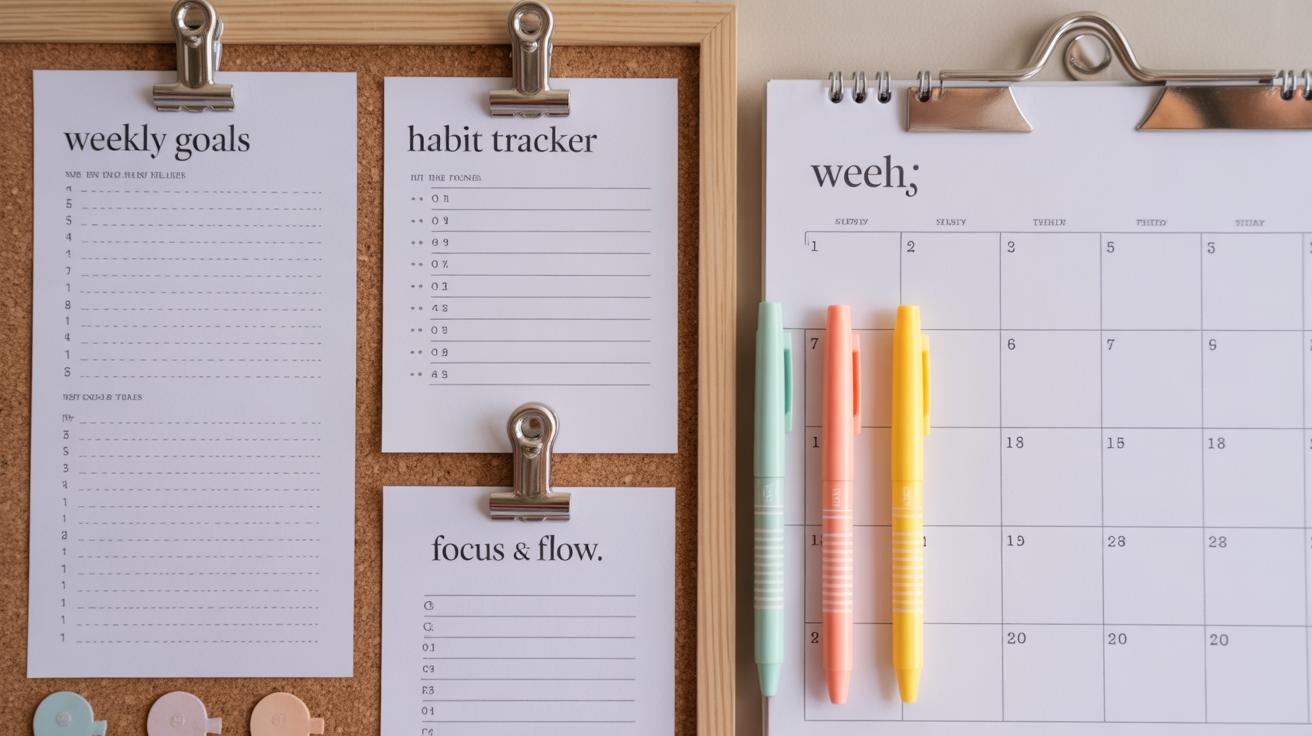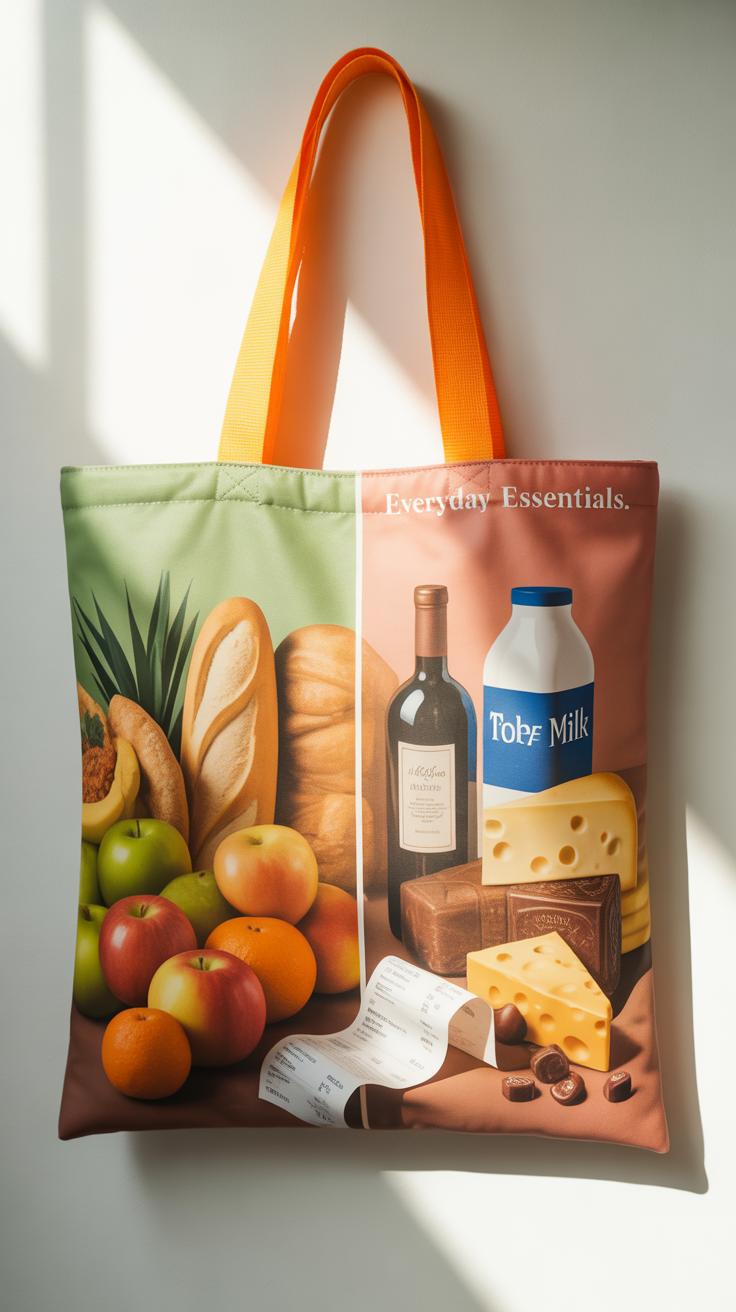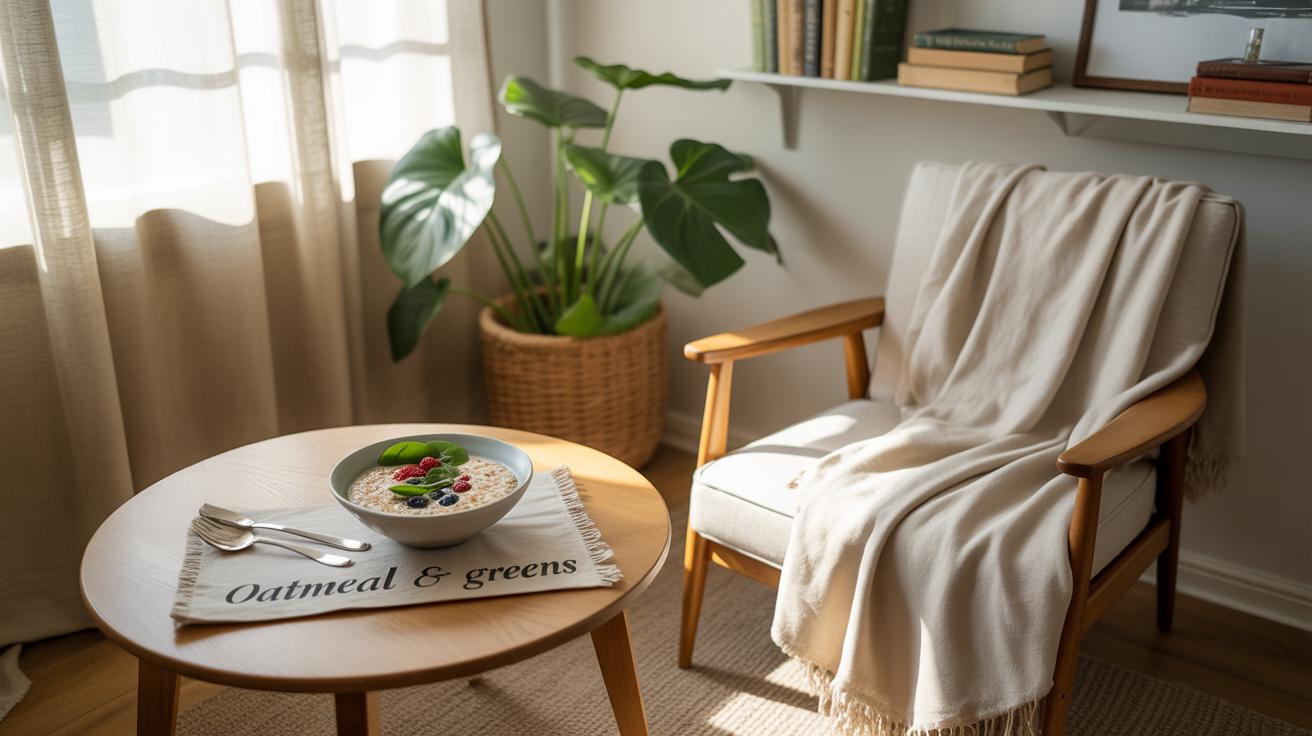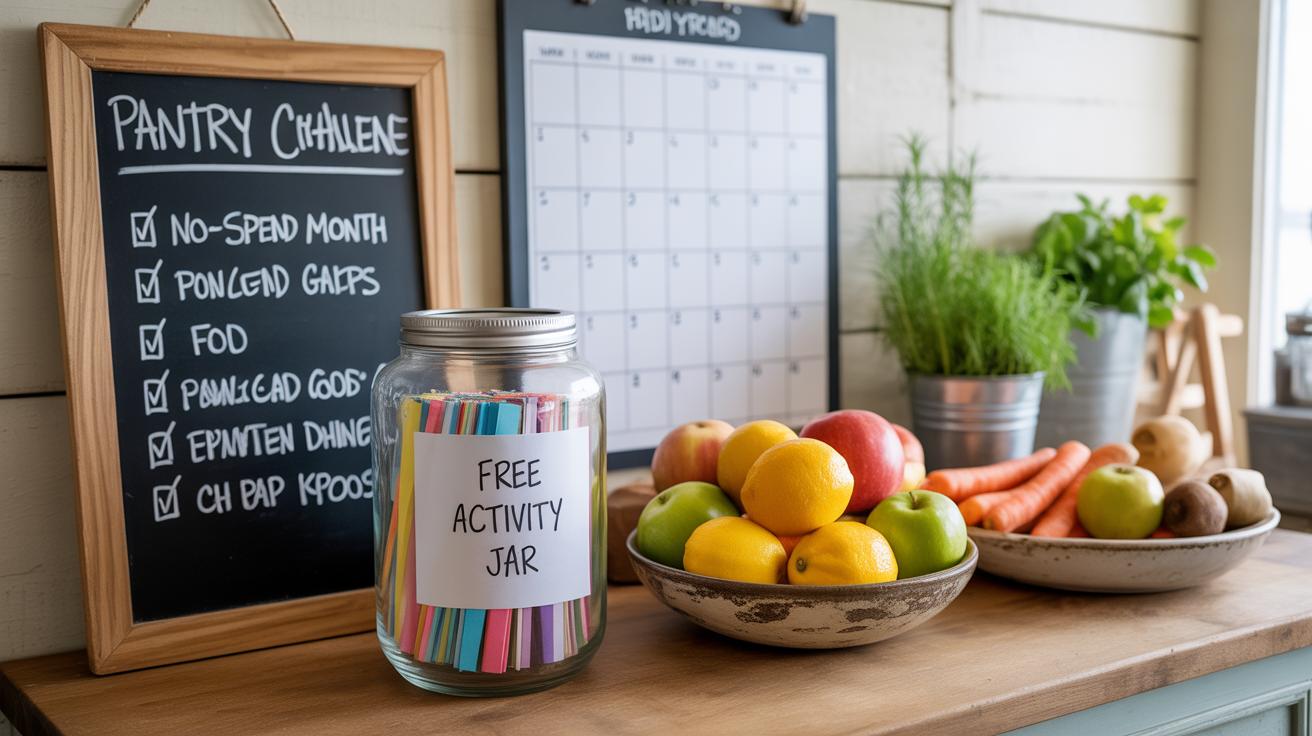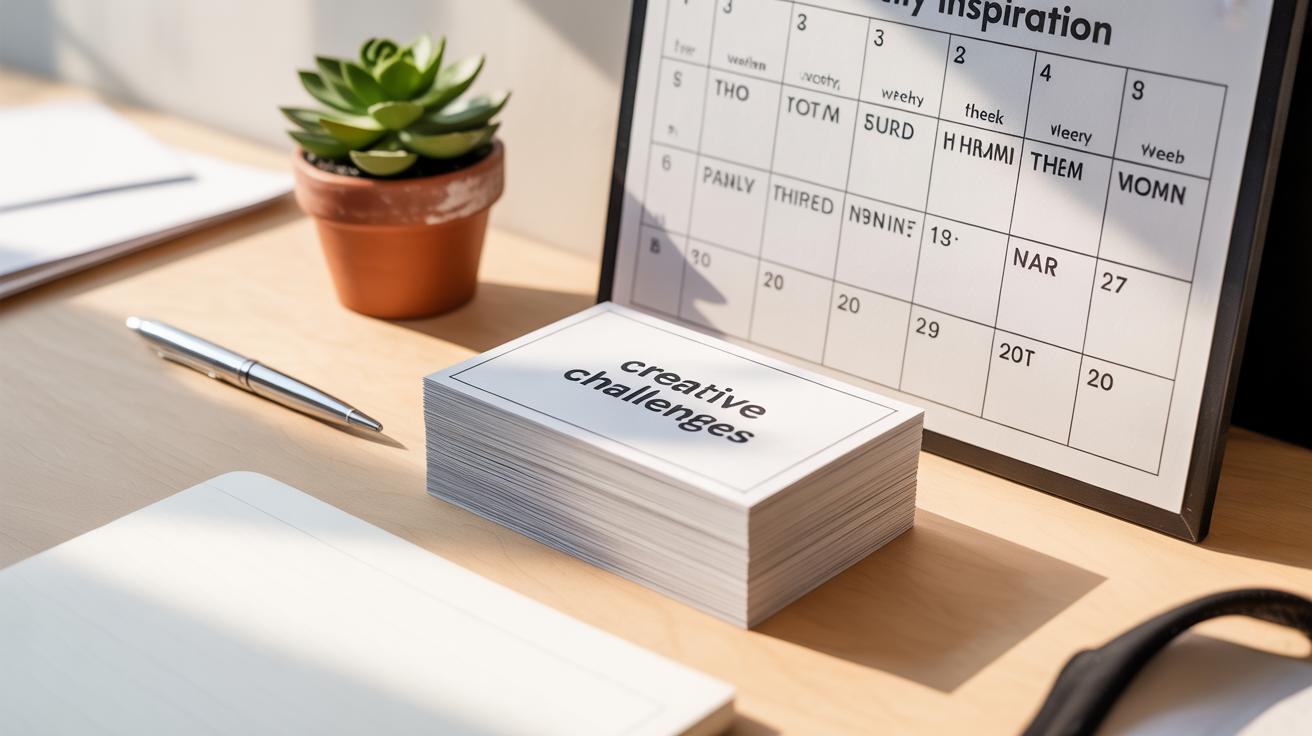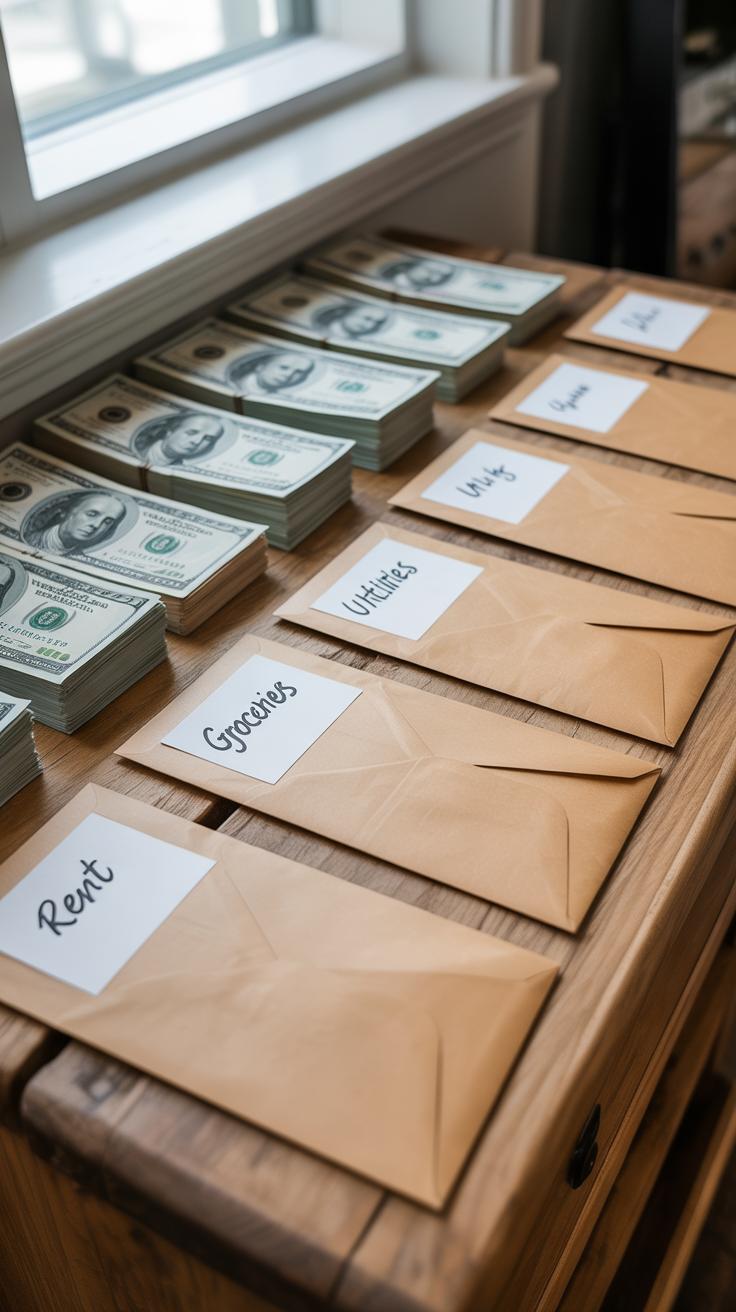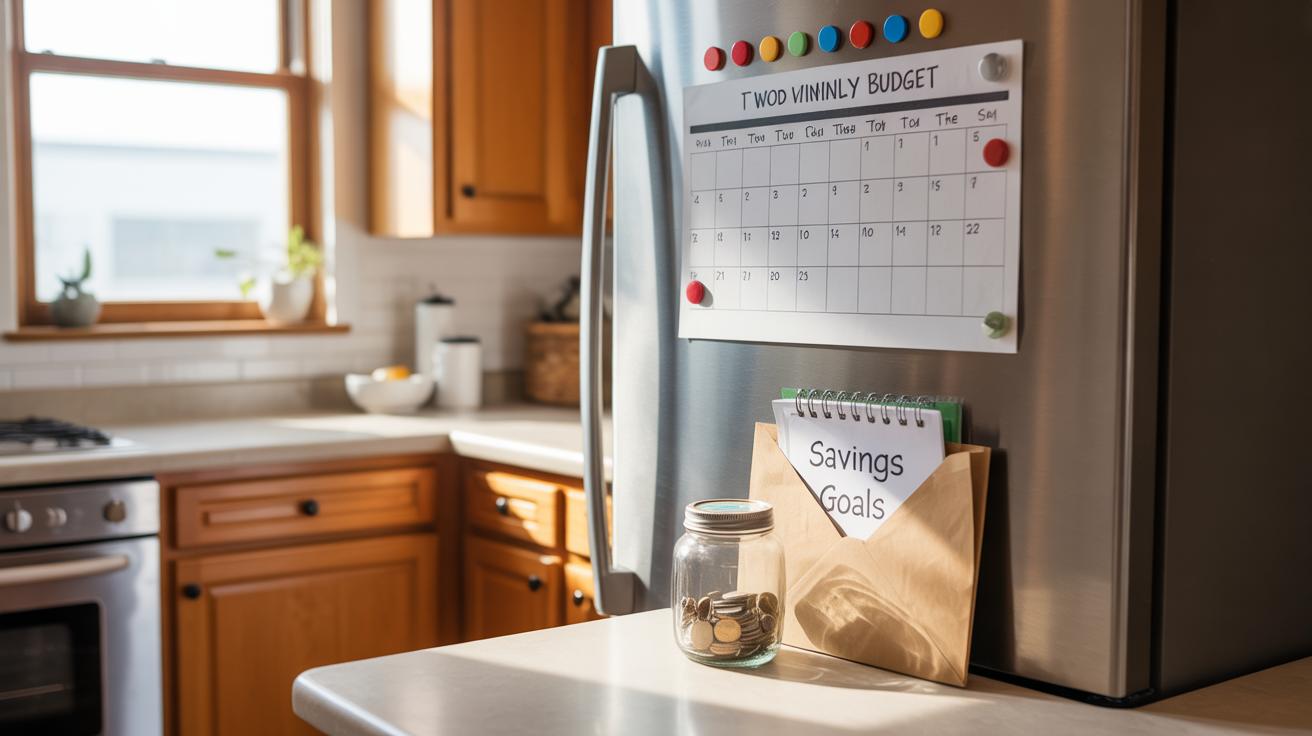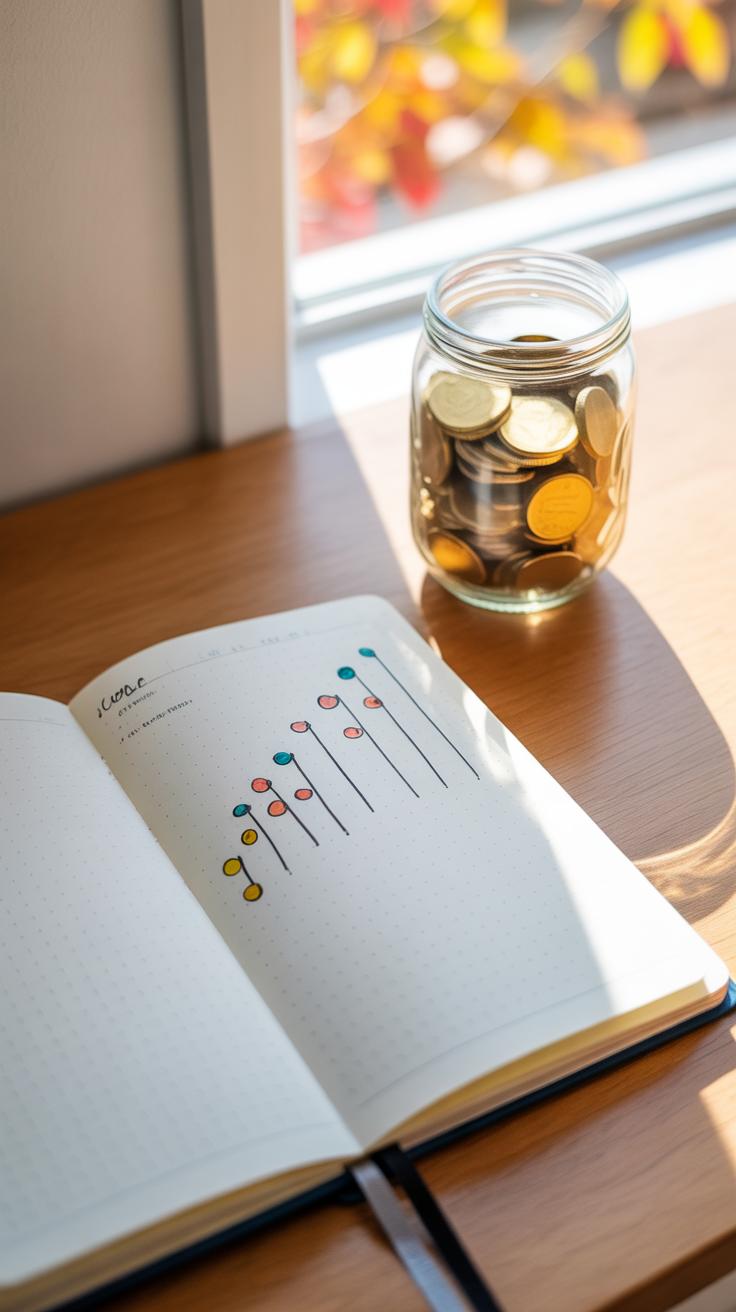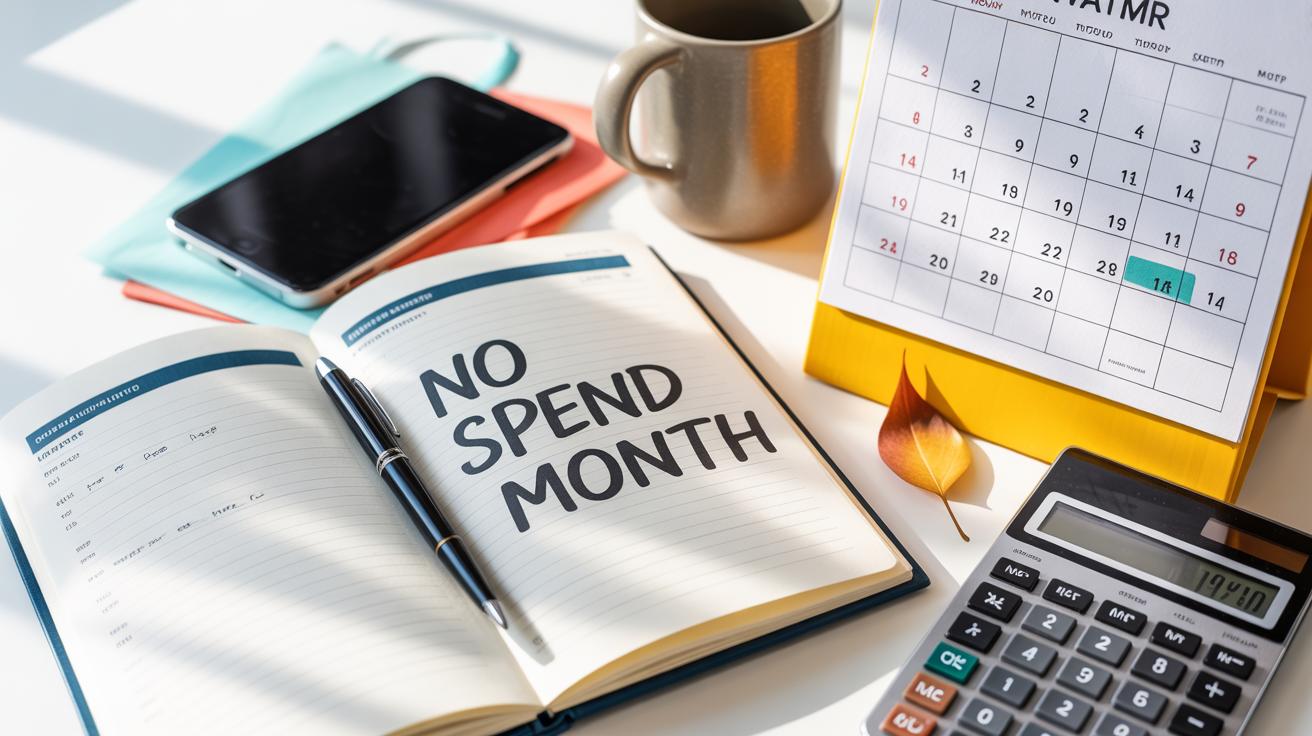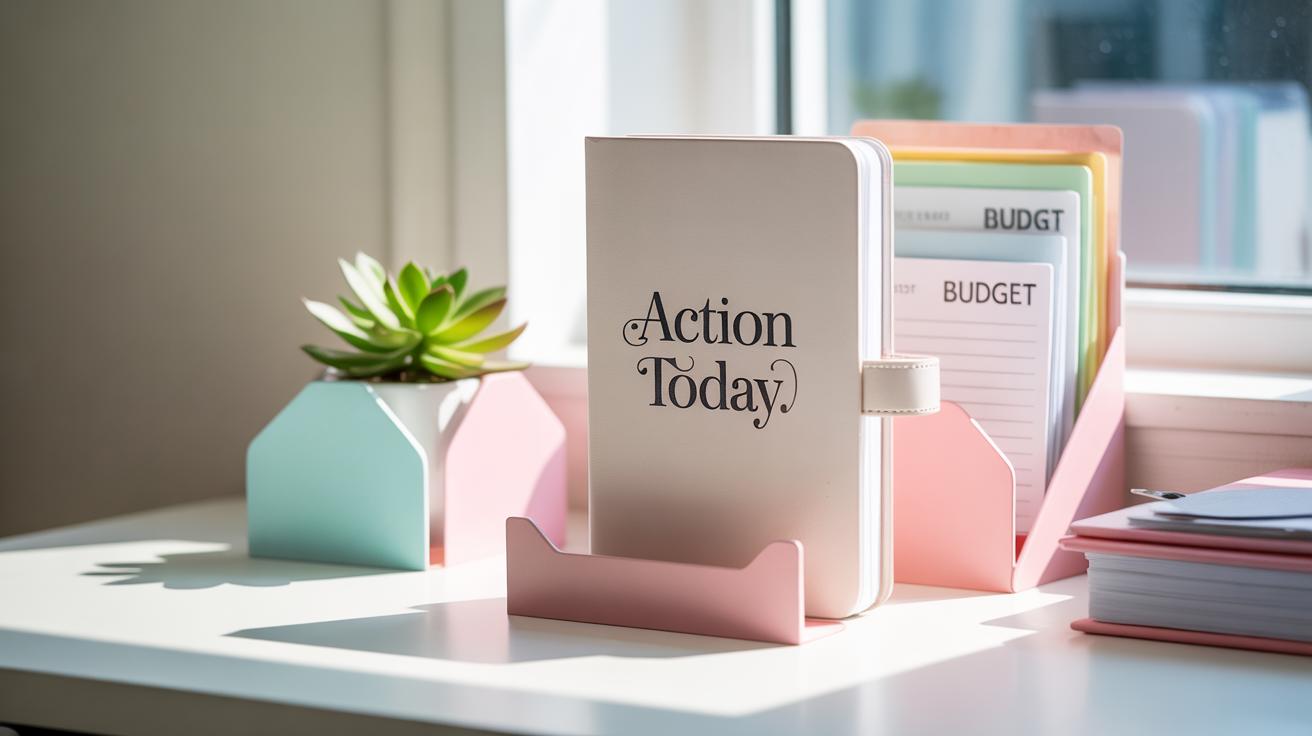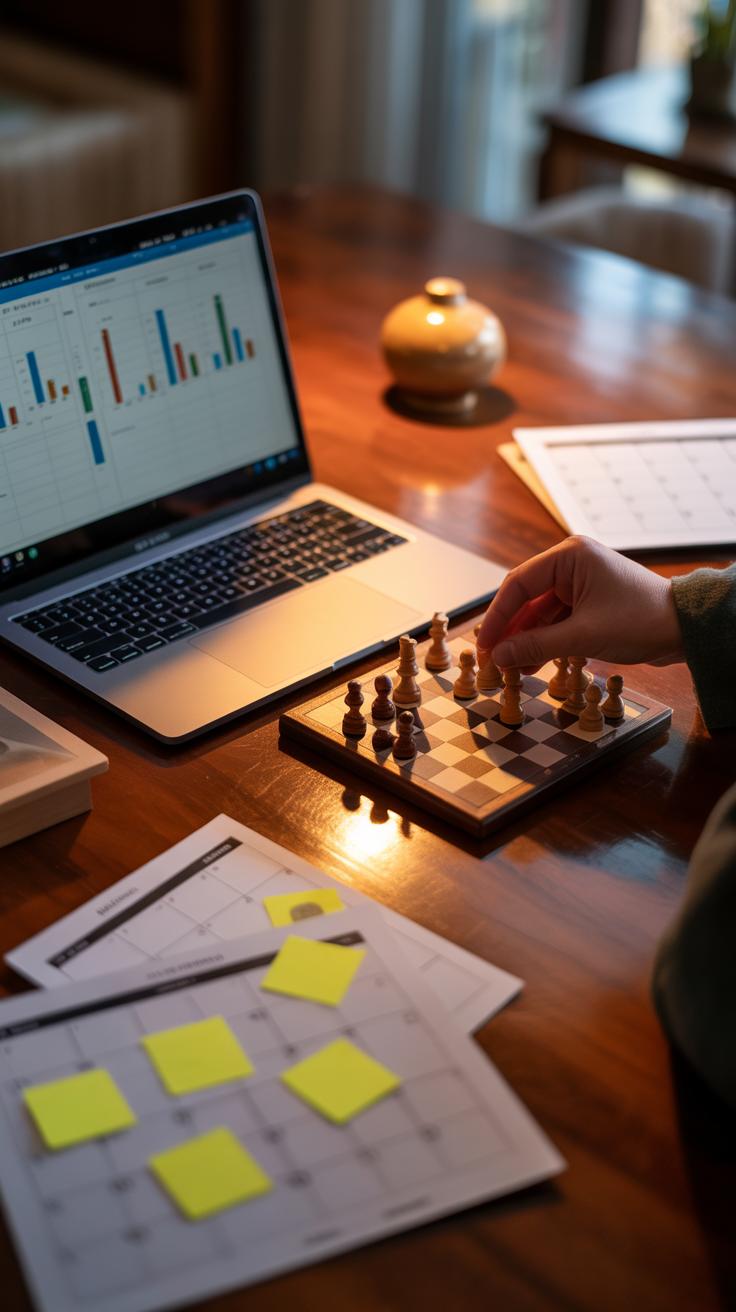Introduction
Finding ways to save money doesn’t have to be complicated. Many people struggle with managing their finances, but there are easy methods you can try right now. By focusing on practical actions, you can make a real difference in your financial situation. This article will explore simple, useful ways to save money this week that you will actually use.
Saving money starts with making a plan and tracking your spending. Small changes can add up quickly. We will guide you through steps that include setting a budget, cutting unnecessary costs, and finding deals. These tips are designed for everyday life and anyone can put them to work.
Create a Simple Budget That Works for You
Start by figuring out how much money you actually bring in every month. This means not just your salary but any side income, freelance work, or irregular payments you might receive. Write down a total amount—that’s your starting point.
Next, track your spending. You might think you know where your money goes, but writing it down daily—or using an app—can surprise you. Even small things like that extra coffee or random impulse buys add up. So, jot everything: rent, groceries, transport, and those occasional treats.
Now, give yourself some spending limits. This isn’t about being strict for no reason. Rather, set realistic amounts for categories like food, entertainment, and essentials. If you usually spend $300 on eating out but want to save, try lowering it to $200 and see what happens. It’s okay if you slip up; budgets aren’t set in stone.
Breaking it down:
- Calculate monthly income, including all sources.
- Track every expense for at least a week.
- Set spending limits based on your priorities.
When you see how the numbers match up, you might realize you’re spending more on little things than you thought. That’s often where savings can come from.
Track What You Earn and Spend
Keeping an eye on money going in and out makes a difference. You don’t need fancy software; a notebook or simple phone app can do the trick. The key is consistency. If you check once a week, you might miss spikes or patterns.
Try these ideas:
- Review bank statements every few days.
- Save receipts or take pictures for daily expenses.
- Set reminders to log spending at specific times.
Why does this matter? When you know exactly where your cash flows, it’s easier to spot habits that don’t serve your goals. Maybe you buy subscriptions you forget about, or spend more on takeout after a long day. Tracking helps uncover those blind spots.
Set Clear Spending Goals
Goals can sound overwhelming, but they don’t have to be. Instead of vague ideas like “save more,” try something specific like “put $50 from each paycheck into savings.” Setting clear targets answers the question: What am I aiming for?
Consider these steps:
- Decide how much to save weekly or monthly.
- Make goals realistic—too hard, and you might give up.
- Adjust as needed; life happens, and plans evolve.
Think about what motivates you. Maybe a future trip, an emergency fund, or just peace of mind. When the target is clear, it’s easier to stick to your budget, even if you stray occasionally.
Identify and Cut Unnecessary Expenses
You might be surprised how much money slips away in small, unnoticed ways. Think about daily coffee runs, dining out more than you mean to, or those impulse buys online that somehow feel justified in the moment. These habits pile up faster than you expect.
Start by listing common expense traps:
- Eating out instead of cooking at home
- Buying brand-name items when generics work just as well
- Unused or rarely used gadgets and memberships
- Frequent small purchases—snacks, apps, or last-minute convenience items
If you pause to evaluate before you buy, you may find many of these can be reduced or skipped entirely. For example, brewing your morning coffee at home can save a surprising amount weekly. I remember cutting back on takeout just one week—it made an immediate dent in my bank balance.
Review Subscriptions and Memberships
This one often catches people off guard. Subscriptions creep into our budgets quietly, and sometimes, we forget to cancel the ones we don’t use anymore. Streaming services, magazine subscriptions, gym memberships—do you use all of them regularly? Probably not.
Try this:
- Look through your bank and credit card statements for recurring charges.
- Ask yourself if you’ve used each service in the last month or so.
- If the answer’s no, cancel it. Yes, even that gym membership you signed up for with enthusiasm but never stepped into.
It’s easy to feel guilty about cancelling something “just in case,” but ask yourself if it’s really worth the monthly drain. You can always resubscribe later if you change your mind.
Reduce Utility Bills with Easy Changes
Utility bills can often be lowered without much hassle, yet it’s easy to overlook these savings. Small habits make a difference—turning off lights when you leave a room, unplugging devices that aren’t in use, or adjusting the thermostat slightly.
Here are a few time-tested steps:
- Fix leaky faucets to avoid wasting water—and money.
- Use energy-efficient bulbs and appliances where possible.
- Lower your heating or cooling just a bit; even a degree or two can trim your bill.
- Take shorter showers and use cold water for laundry when you can.
These tips are simple, but they add up quickly. I noticed my electricity bill dropped after I made a habit of switching off my computer and entertainment devices fully rather than leaving them on standby. It takes just a slight change in routine to see results.
Shop Smart to Save Money on Essentials
Plan Your Grocery Trips
Planned grocery trips tend to save money—and stress—more than wandering aisles hoping for inspiration. When you plan meals for the week, you create a clear list of what you need, which helps avoid those sneaky impulse buys. Believe me, it’s tempting to toss in that extra snack or special treat when it’s on display, but having a list keeps you grounded. Even if you don’t follow the menu perfectly, the list acts like a guardrail for overspending.
Try to build your list around staples you already have, so you’re not doubling up unnecessarily. Mapping out meals also stops you from buying things that just sit unused and eventually get wasted, which, frankly, is like flushing money down the drain. If you’re unsure about what to eat, focus on basics that can mix and match: rice, beans, veggies, and a protein source. It’s not fancy, but it works.
Use Coupons and Compare Prices
Coupons can feel a bit old-school, but they still work. And not just the clipped ones in newspapers. Many stores have apps that offer digital coupons or loyalty discounts—definitely worth checking before you shop. Don’t rely solely on coupons though; sometimes they push you to buy things you don’t actually want or need, which kind of defeats the purpose.
Comparing prices between stores pays off, even if you only do it occasionally. Some items cost more at one place and less at another. For example, fresh produce might be cheaper at a local market, while pantry staples could be better priced at big-box stores. You don’t have to visit every store every week, but maybe pick a couple spots and see where you get the best deals. It’s worth thinking about the tradeoff between saving a few dollars and the time or gas spent shopping around.
Have you ever caught yourself buying something just because it was “on sale” without needing it? That’s a tricky trap. Curious now—how often does a coupon actually save you money? It often depends on what you were already planning to buy.
Use Cash and Envelopes to Control Spending
The envelope budgeting method is simple but surprisingly effective. You take your budgeted amounts as cash and put them into labeled envelopes—each one stands for a spending category. This approach puts a physical limit on your spending because when the cash runs out, well, that’s it. No swiping a card and wondering where the money went later.
Start by dividing your money into clear categories. For example:
- Groceries: The essentials you buy weekly or monthly.
- Entertainment: Movies, dining out, or hobbies.
- Transport: Gas, public transit, or ride-shares.
Assign cash amounts to each envelope based on your spending habits and priorities. You might find some envelopes stick to their limits easily, while others—maybe entertainment—need stricter control. That’s okay, it’s part of figuring out what works. You’ll notice after a week or two where your money tends to slip away.
Staying within these cash limits changes how you think about spending. It’s awkward at first, maybe a little restricting. Yet, it forces you to pause before every purchase. Do you really want that extra coffee or that snack? When the envelope is empty, say goodbye to impulsive buys. It teaches discipline without complex apps or spreadsheets.
Have you tried using cash like this before? It might feel old-fashioned, but it’s surprisingly grounding. The tactile experience of handing over cash makes spending more real. Try it for a week, and notice if you feel more in control—or if those envelopes need tweaking. It’s a simple tool, but it might just keep your budget on track better than you expect.
Set Up Small Savings Goals and Track Progress
Picking a savings goal that’s actually doable makes a big difference. You know, setting a target that feels impossible just drains motivation. Instead, start with something that fits your current budget and lifestyle. Maybe it’s $20 a week or $50 every two weeks—whatever feels manageable without stressing you out.
Think about your timeline as well. Are you aiming to save for a vacation in three months or building an emergency fund over a year? Matching your goal to the time you have prevents disappointment. It’s okay if you adjust targets along the way—saving isn’t a strict rulebook.
Keeping a journal or even a simple chart can help you see where you stand. Writing down each deposit or transfer makes the progress real. It’s a small habit, but seeing numbers add up keeps you consistent. Plus, you might spot patterns, like weeks when it’s easier to save or when you slip up more often.
Try to check your progress regularly but don’t stress too much if you miss a day or two. The goal is steady effort, not perfection. So, ask yourself: What small step can I take today toward my savings? Writing it down might be the nudge you need.
Find Free or LowCost Entertainment Options
Entertainment doesn’t have to empty your wallet. You might be surprised by how many ways there are to have fun for little or no money at all. Instead of going out to movies or expensive restaurants, think about simpler options. For example, streaming free movies or documentaries online can fill an evening without costing a dime—if you dig a little through public libraries’ digital collections, you may find even more.
Have you ever tried game nights with family or friends? Board games or card games often sit forgotten on a shelf but can spark hours of engagement and laughter. If you like music, local open mic nights or community concerts don’t usually charge an entry fee and offer a taste of local talent.
Don’t overlook free walking tours or self-guided city explorations. These can reveal new places or history close by, keeping you entertained while helping avoid pricey outings.
Explore Community Events and Parks
Public parks are probably one of the easiest escapes from daily stress, and they’re mostly free. Whether it’s a stroll, a picnic, or some reading under a tree, parks offer calm spaces without a price tag. Sometimes, just getting outside changes your mood and saves money on lattes or other treats.
Many towns host free events, like art fairs, farmers markets with free samples, or seasonal festivals. These are easy to find on community websites or local bulletin boards. Maybe you’ll catch an outdoor movie night or a casual sports game to watch. Even something as simple as visiting a botanical garden on free admission days counts.
Engage in Hobbies That Save Money
Picking up hobbies that don’t require constant spending helps build your savings quietly over time. Reading is a favorite for many—libraries loan books, audiobooks, and even e-books, all without charge. Cooking at home instead of eating out not only reduces expenses but also gives you more control over ingredients and portion sizes.
Gardening might sound like a bigger commitment, but growing even a few herbs on a windowsill can cut grocery bills and is quite satisfying. Another idea is journaling or sketching, which cost next to nothing but keep your mind engaged—and you might find some stress fading away.
What hobby could you pick up that feels rewarding but won’t press your finances? That’s something worth thinking about as you look for balance between saving and enjoying life.
Avoid Impulse Buying by Planning Ahead
Your wallet usually thanks you when you pause before buying something on a whim. That split-second urge to grab a new gadget or a snack often fades once you step back and think about whether you really need it—or if it’s just a momentary craving. Delaying purchases gives you time to reflect on your priorities and avoid spending on things that won’t bring lasting value.
One simple method I find helpful is setting a “wait time” rule for non-essentials. For example, deciding to wait 24 or even 48 hours before making a purchase lets the initial excitement wear off. Often, what seems urgent or necessary right away starts feeling less so later. You might check back on the item and realize it wasn’t that important after all—or find a better option in the meantime.
Wait Before You Buy
Try the 24-hour rule: when you want something that isn’t essential, put it on hold for a day before buying. That period can stop you from buying things just because you’re bored or stressed. I’ve done this with electronics and even clothes—and more than once, the urge just disappeared. If you still think it’s worth it after the wait, then it’s more likely a thoughtful purchase.
Make Lists and Stick to Them
Crafting a list before you shop acts like a financial map. It keeps your focus on what you truly need. When you have a clear list, it’s easier to resist random purchases or flashy sales that come up at the checkout. Something I’ve learned is to keep the list visible, maybe on your phone or a piece of paper, and refer to it often while shopping. It might feel a bit rigid at times, but it’s effective in preventing wasteful buys.
Lists also help you notice patterns, like how often you buy things that aren’t on your list. That can be a clue to reassess some habits or find alternatives. Maybe you don’t need that extra snack because you’re grabbing it out of boredom, not hunger.
So, before your next shopping trip, try waiting and writing it down. A small change, but it can have a surprising impact on your spending over time.
Review Your Progress and Adjust Your Plan
Taking a moment each week to check your spending can feel like a chore, but it really pays off. When you look over your recent expenses, you start to see patterns—where the money leaks are, and where you might be doing okay without noticing. Maybe you thought you’d cut back on eating out, but the numbers say otherwise. Or perhaps you’re saving more than expected in one category, which could free up cash for something else. These insights are helpful and sometimes surprising.
Don’t be afraid to tweak your budget as you go. Life changes, and so do your priorities. Maybe an unexpected bill pops up or you decide to treat yourself once in a while, which shifts things around. Budgets aren’t set in stone. Adjusting your plan means you stay realistic and less frustrated. It also helps keep saving from feeling like a rigid task. If something isn’t working, change it—don’t just ignore it and hope it improves.
Ask yourself:
- What spending habits are helping me save? Can I do more of those?
- Where am I consistently overspending, and why?
- Does my budget reflect my current life situation, or do I need a fresh look?
Over time, this regular review becomes less about tracking every dollar and more about understanding your money better. Adjusting your plan isn’t about perfection; it’s about finding what helps you save without feeling stuck.
Conclusions
Saving money takes focus but the rewards are worth it. Sticking to a budget helps you avoid overspending and makes room for your goals. Simple habits like planning purchases and tracking expenses build control over your finances. The methods shared here are easy to start this week.
Try these strategies and see how they fit your lifestyle. Saving money will become easier with practice. You can make steady progress and improve your financial health by using clear, direct actions. Start today and build habits that support your future.


